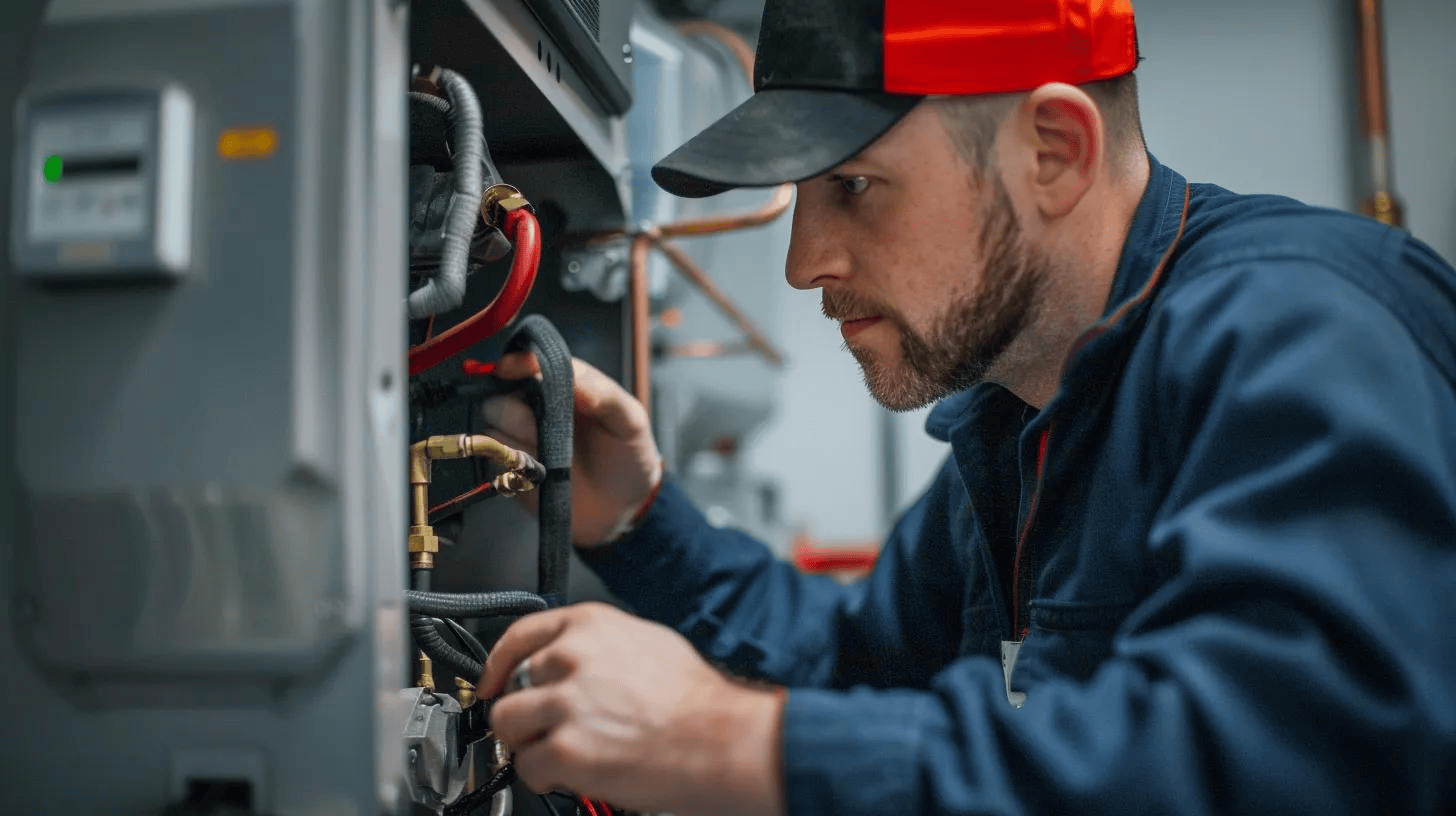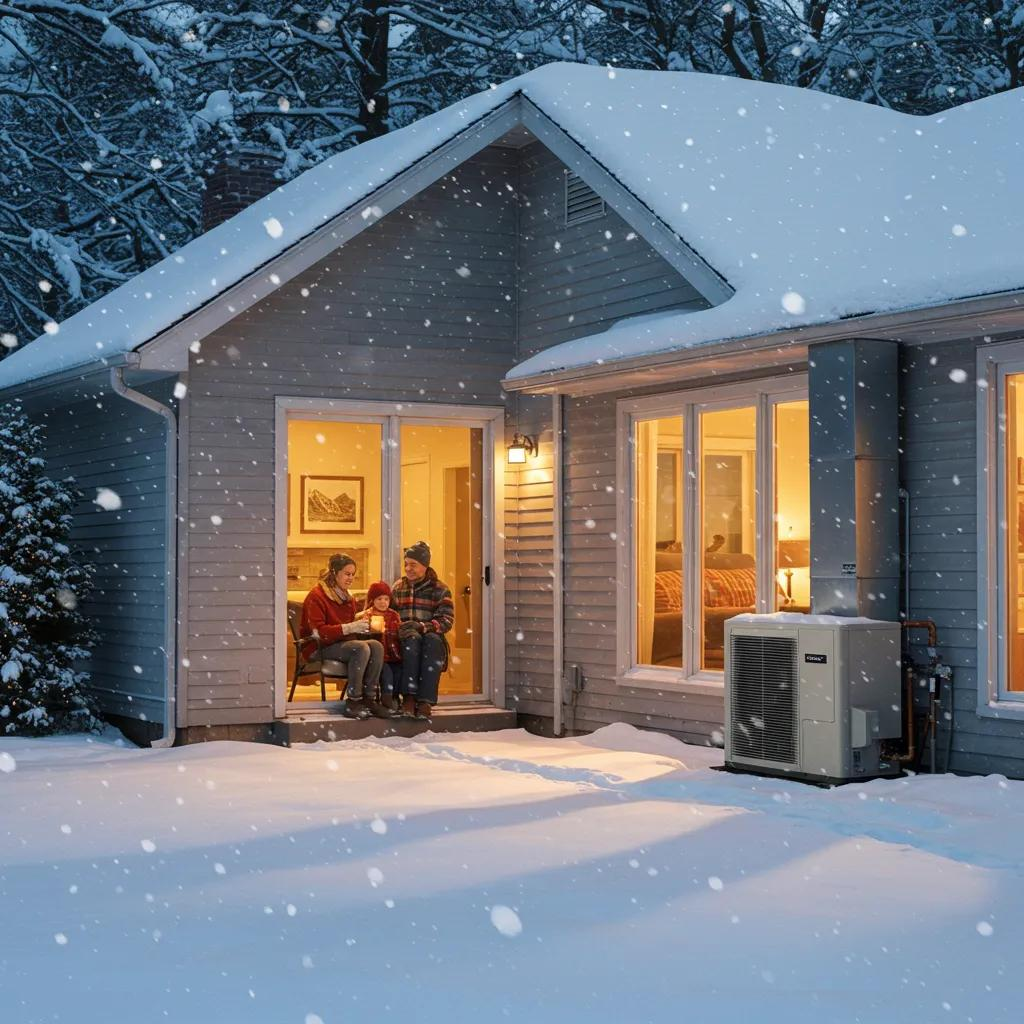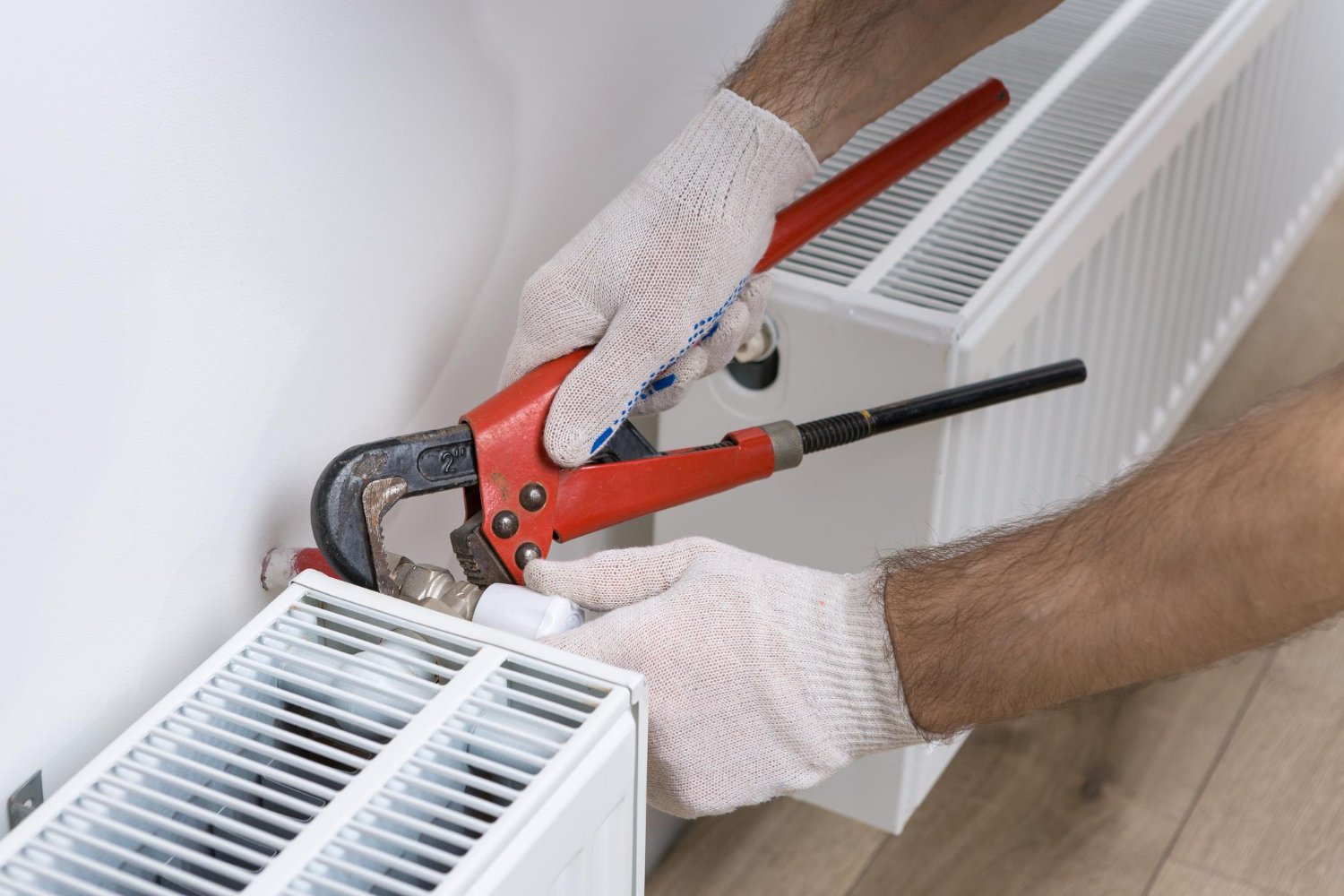How Professional HVAC Cleaning Boosts Energy Efficiency (and Saves You Money)
High energy bills can be frustrating, and an inefficient HVAC system might be the hidden culprit. While tune-ups are essential, one critical component often overlooked that significantly impacts efficiency is the cleanliness of your system's internal parts – particularly the coils and ductwork.
Professional HVAC cleaning isn't just about removing dust; it's a targeted service designed to restore your system's performance, leading directly to improved energy efficiency and potentially lower utility costs.
Understanding How Your HVAC System Uses Energy
Your heating and cooling system works by moving air and transferring heat. In the summer, the air conditioner pulls heat from inside your home and transfers it outside. In the winter, the furnace generates heat and distributes it throughout your home. Fans blow air across heat exchange surfaces (coils in AC/heat pumps, heat exchanger in furnaces) and distribute conditioned air through the ductwork.
Efficiency, in this context, means achieving the desired temperature with the least amount of energy input. When parts of your system are dirty, it forces the equipment to work harder to achieve the same result.
The Energy Drain: How Dirt and Debris Cause Inefficiency
Over time, HVAC systems accumulate dust, dirt, pet dander, mold spores, and other debris. This buildup isn't just unsightly; it directly impedes your system's ability to operate efficiently.
Impact on Coils: Hindering Heat Transfer
The evaporator coil (inside) and condenser coil (outside) are where the crucial heat exchange happens in air conditioners and heat pumps.
- The Problem: Dirt and grime on these delicate coil fins create an insulating layer. This insulation makes it difficult for the refrigerant to absorb heat from the indoor air (evaporator coil) or release heat to the outdoor air (condenser coil).
- The Consequence: The system has to run longer and work harder to move the required amount of heat. Studies have shown that as little as 0.042 inches of dirt on a condensing coil can lead to a 21% drop in efficiency and increase refrigeration energy consumption by 35%. ([Citing EPA information]) Cleaning dirty coils has been shown to improve system efficiency. ([Citing EPA information])
Impact on Ducts: Restricting Airflow
Your ductwork is the pathway for conditioned air throughout your home.
- The Problem: Dust, pet hair, construction debris, and other blockages can accumulate inside the ducts, creating resistance.
- The Consequence: The blower fan, which pushes air through the system, has to work harder to overcome this resistance (increasing static pressure). This uses more energy and can reduce the amount of conditioned air reaching certain rooms, leading to longer overall system run times to maintain temperature set points. Research backed by the National Air Duct Cleaners Association (NADCA) has demonstrated that HVAC cleaning can reduce fan and blower energy consumption by a significant 41% to 60%. ([Citing NADCA study])
The Professional Cleaning Difference: Restoring Efficiency
Professional HVAC cleaning goes beyond simple dusting. Qualified technicians use specialized equipment and follow industry standards, like those from NADCA, to ensure thorough source removal of contaminants from the entire system.
This process typically involves:
- Mechanical Agitation: Using brushes, air whips, and other tools to loosen stubborn debris from ductwork surfaces and coil fins.
- Negative Pressure Vacuuming: Simultaneously creating a powerful vacuum using a high-powered unit to pull the dislodged contaminants out of the system and into a contained collection unit. This prevents redistribution of dust into your home.
- Specialized Coil Cleaning: Using appropriate cleaning agents and techniques designed specifically for delicate coil fins to remove built-up grease, dirt, and other insulating contaminants without causing damage.
By effectively removing the dirt and debris from coils and ducts, professional cleaning directly restores:
- Optimal Heat Transfer: Allowing coils to perform their function efficiently.
- Proper Airflow: Reducing static pressure and allowing the blower fan to operate with less energy.
- Reduced System Workload: Allowing the system to reach temperature set points faster and cycle less often.
Quantifying the Savings: Real Data and What it Means for You
The impact of professional cleaning on energy efficiency is supported by data:
- NADCA-backed studies show impressive reductions in fan energy use (41-60%) and increases in airflow (10-46%) after cleaning. ([Citing NADCA study])
- While overall system energy savings vary depending on the system type, its condition, climate, and energy costs, estimates often range from 5-15% reductions in energy bills ([Citing Duct Doctor]) or even higher in systems with significant contamination. Some reports cite potential average savings of 41% on heating/cooling energy bills after cleaning heavily contaminated systems. ([Citing Pure Air LLC, 202 facility study])
These percentages translate into tangible cost savings on your monthly energy bills. Over the lifespan of your system, these savings can help offset the cost of the cleaning service.
Beyond energy savings, keeping your system clean also contributes to:
- Extended System Lifespan: Reducing the strain on components means less wear and tear.
- Reduced Repair Frequency: Clean systems are less prone to issues like frozen coils or clogged drain lines caused by dirt buildup.
Is Professional Cleaning "Worth It"?
Considering the upfront cost, homeowners often wonder if professional HVAC cleaning is a worthwhile investment. When you factor in:
- Potential savings on energy bills over time.
- Reduced likelihood of costly repairs caused by dirty components.
- Extended lifespan of your expensive HVAC equipment.
- Improved indoor air quality and system performance.
Many find that professional cleaning is not just a cleaning service, but an investment in the long-term health, efficiency, and reliability of their home's comfort system.
When and How Often to Clean
There's no one-size-fits-all answer, but general recommendations include:
- Coils: Annual professional cleaning as part of your regular HVAC tune-up is often recommended to maintain optimal heat transfer.
- Ducts: The EPA suggests that there is no conclusive evidence that cleaning ducts routinely improves the health of occupants or substantially reduces particulate levels in homes. However, they do recommend considering cleaning if there is visible mold growth, signs of pests, or excessive dust/debris clogging the ducts that are actively released into the home. NADCA recommends cleaning every 3-5 years or as needed based on inspection. ([Citing EPA], [Citing NADCA])
An inspection by a qualified professional can help determine if your ductwork and coils are significantly contaminated and would benefit from cleaning.
Choosing the Right Professional
Ensure you choose a qualified and reputable HVAC professional who understands the importance of cleaning all components of the system (coils, fan, heat exchanger, and ductwork) and follows proper procedures for source removal. Look for certifications or affiliations with industry organizations like NADCA.
Conclusion
Dirt is a significant enemy of HVAC efficiency. Professional cleaning, targeting both coils and ductwork, is a proven strategy to combat this inefficiency. By removing the contaminants that impede heat transfer and restrict airflow, professional cleaning restores your system's ability to operate as it was designed – effectively and efficiently. This not only helps reduce your energy consumption and lower utility bills but also contributes to a longer-lasting, more reliable HVAC system and a healthier indoor environment.
Customer Testimonials
See what homeowners across Windsor and Northern Colorado are saying about our reliable service, expert workmanship, and commitment to getting the job done right.
Latest Blogs


Winter HVAC Maintenance: Keep Your System Running Smoothly




.svg)





